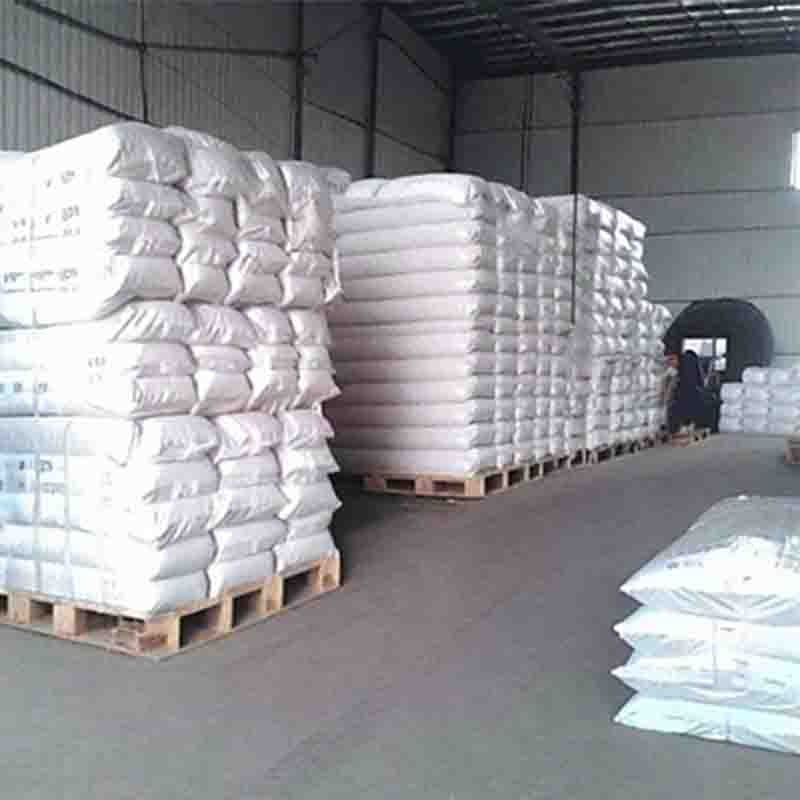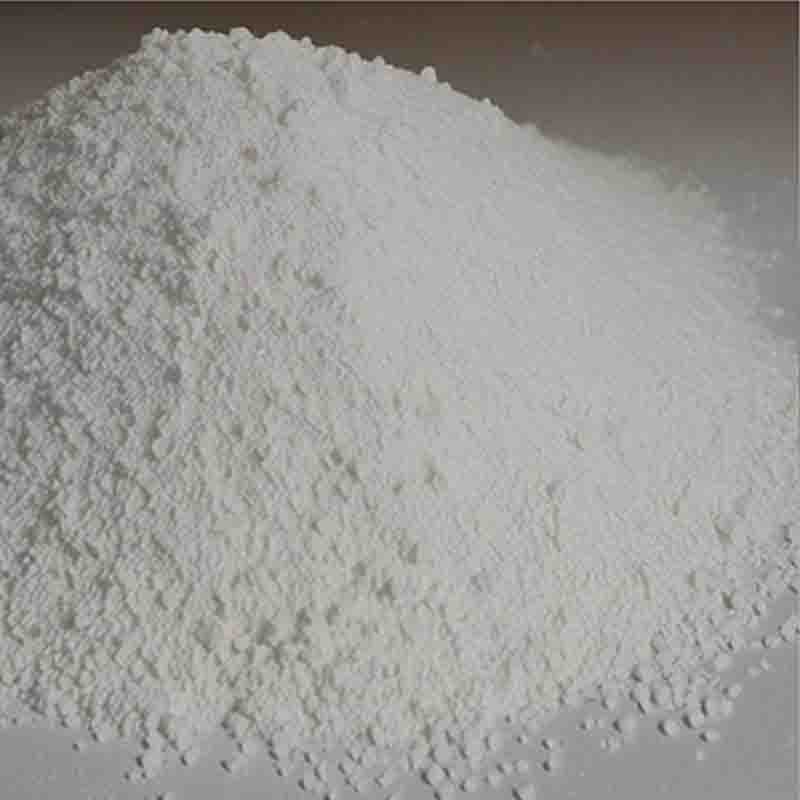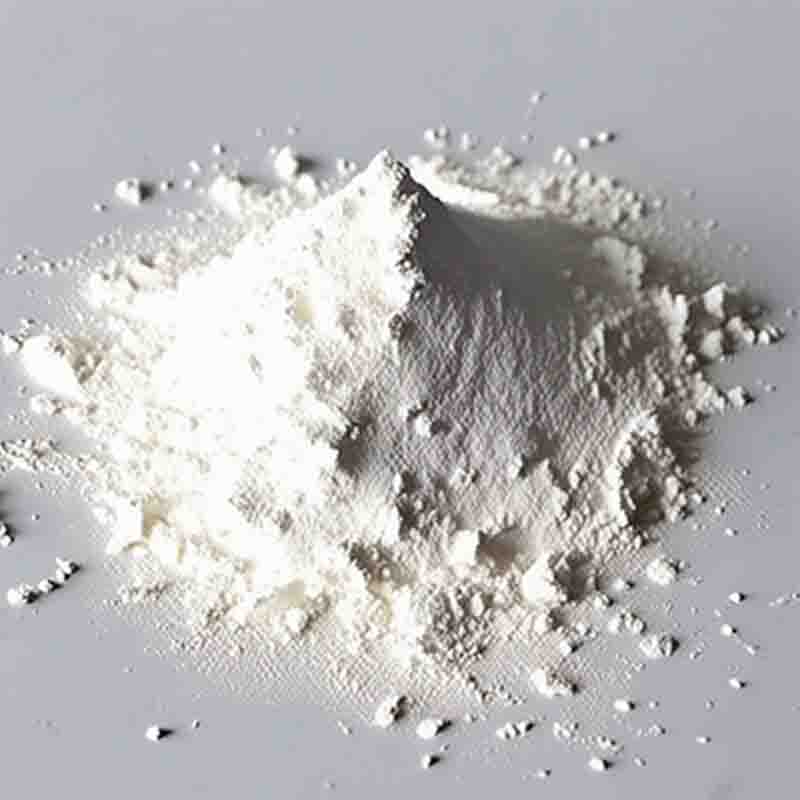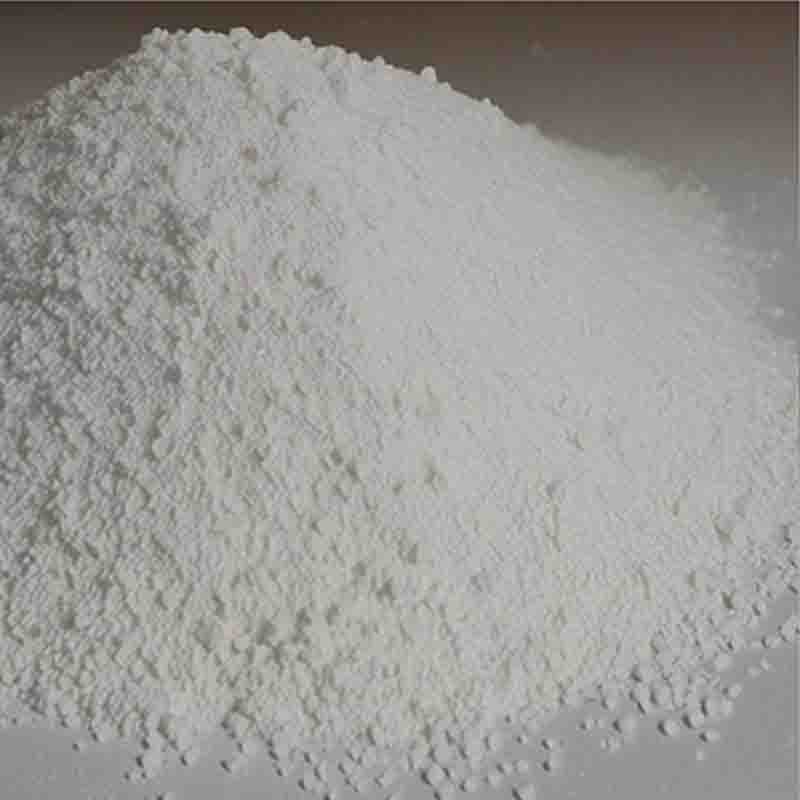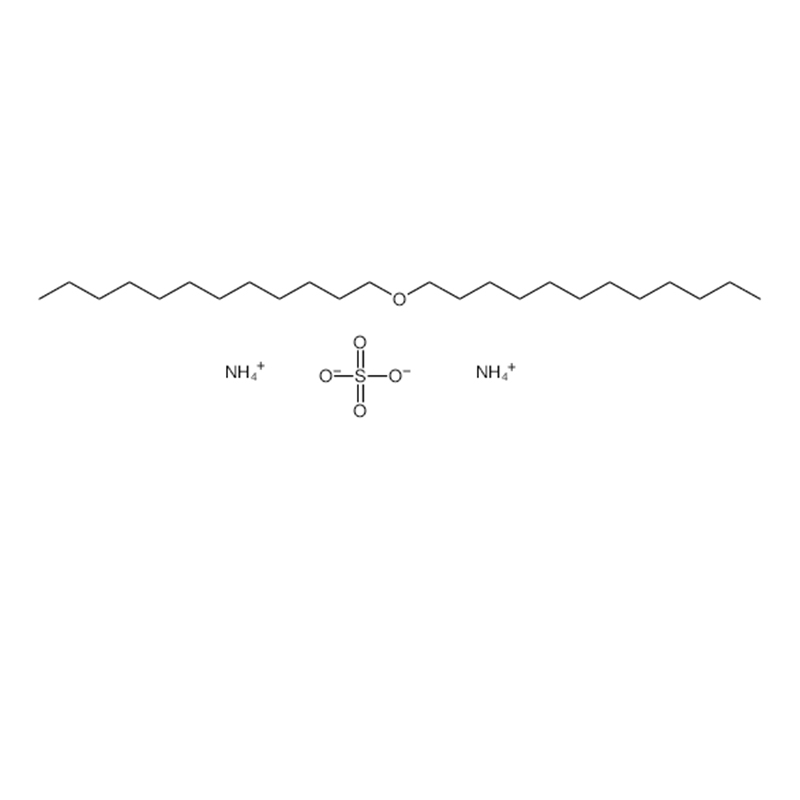Dibromobis(tri-ortho-tolyphosphine)palladium(II) CAS: 24554-43-6
| Catalog Number | XD94437 |
| Product Name | Dibromobis(tri-ortho-tolyphosphine)palladium(II) |
| CAS | 24554-43-6 |
| Molecular Formula | C42H42Br2P2Pd |
| Molecular Weight | |
| Storage Details | Ambient |
Product Specification
| Appearance | White powder |
| Assay | 99% min |
Dibromobis(tri-ortho-tolyphosphine)palladium(II), also known as PdBr2(P(o-Tol)3)2, is an organometallic compound widely used as a catalyst in various organic synthesis reactions. This complex consists of a central palladium(II) atom coordinated with two molecules of tri-ortho-tolylphosphine (P(o-Tol)3) and two bromide ions.One of the primary applications of Dibromobis(tri-ortho-tolylphosphine)palladium(II) is in carbon-carbon bond formation reactions, particularly in coupling reactions such as the Suzuki-Miyaura cross-coupling. In this reaction, the Pd(II) center undergoes oxidative addition to an aryl or vinyl halide, generating a reactive palladium intermediate. This intermediate then reacts with an organoboronic acid or boronate ester, resulting in the formation of a new carbon-carbon bond. The PdBr2(P(o-Tol)3)2 catalyst promotes this reaction efficiently, providing high yields and broad substrate compatibility.In addition to the Suzuki-Miyaura coupling, Dibromobis(tri-ortho-tolylphosphine)palladium(II) is also useful in other coupling reactions such as the Stille coupling and Sonogashira coupling. These reactions involve the formation of carbon-heteroatom bonds, such as carbon-silicon or carbon-carbon triple bonds. The Pd(II) center of PdBr2(P(o-Tol)3)2 plays a crucial role in facilitating these reactions by mediating the oxidative addition and reductive elimination steps.Furthermore, Dibromobis(tri-ortho-tolylphosphine)palladium(II) can be employed in other palladium-catalyzed transformations, including C-H activation and functionalization, as well as C-N bond formation reactions. Its ability to activate C-H bonds and selectively functionalize them with other groups makes it a valuable tool in synthetic chemistry. Moreover, it is an effective catalyst for the amination of aryl halides and the Buchwald-Hartwig amination process, allowing for the construction of valuable nitrogen-containing organic compounds.To maximize its catalytic activity and selectivity, Dibromobis(tri-ortho-tolylphosphine)palladium(II) is often used in combination with other ligands. The choice of ligand depends on the specific reaction requirements, such as steric and electronic factors, which influence the reactivity and selectivity of the catalyst.In summary, Dibromobis(tri-ortho-tolylphosphine)palladium(II) is a versatile catalyst widely used in a range of organic synthesis reactions. Its exceptional activity in carbon-carbon and carbon-heteroatom bond formation reactions, as well as its ability to activate and functionalize C-H bonds, has made it a valuable tool in synthetic chemistry. The high compatibility, efficiency, and selectivity of Dibromobis(tri-ortho-tolylphosphine)palladium(II) make it a preferred catalyst for various transformations, enabling the synthesis of complex organic molecules with significant applications in pharmaceuticals, materials science, and other areas of research.



